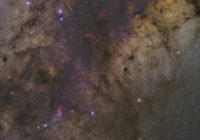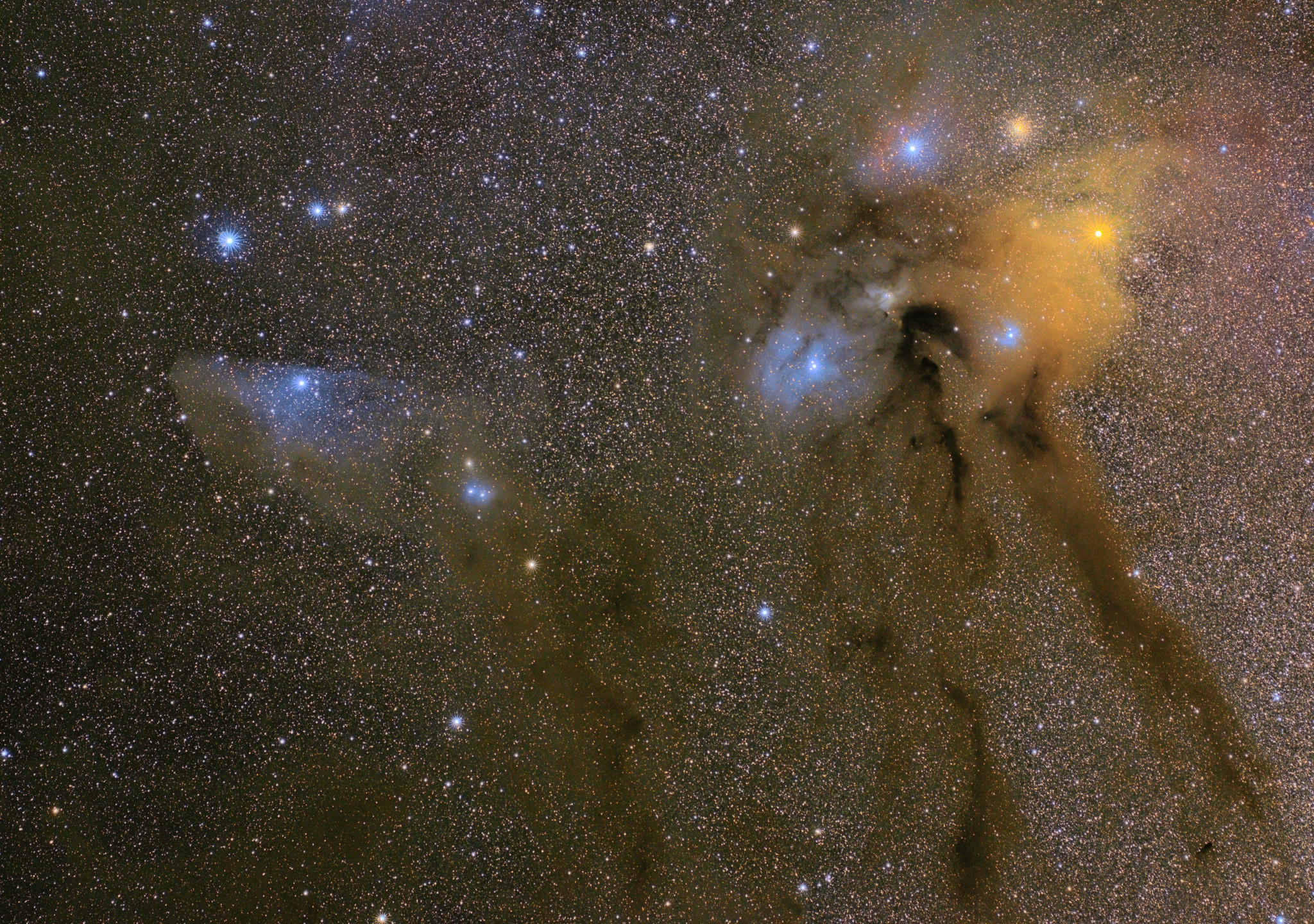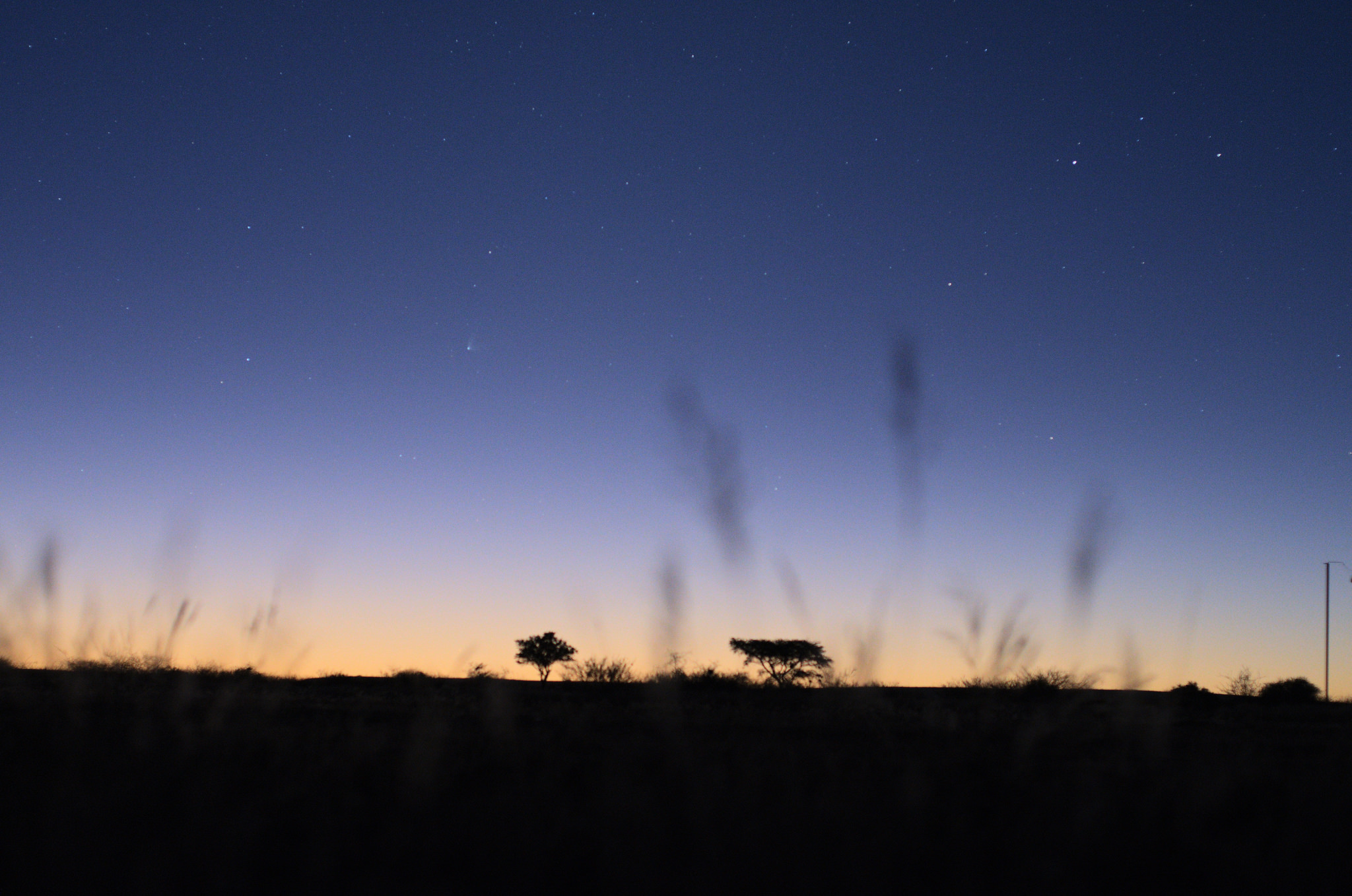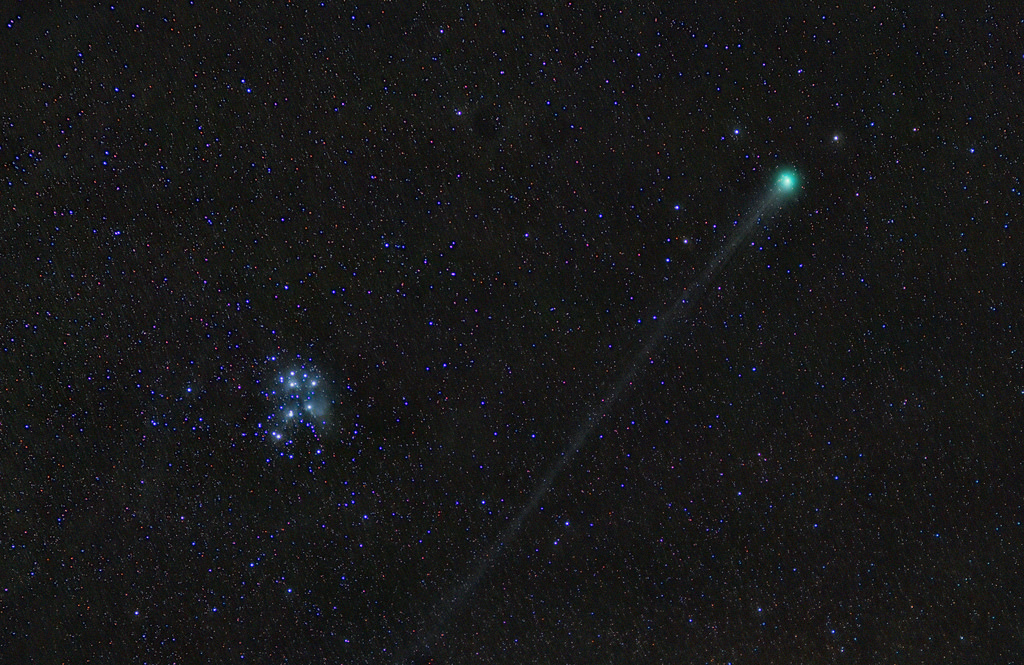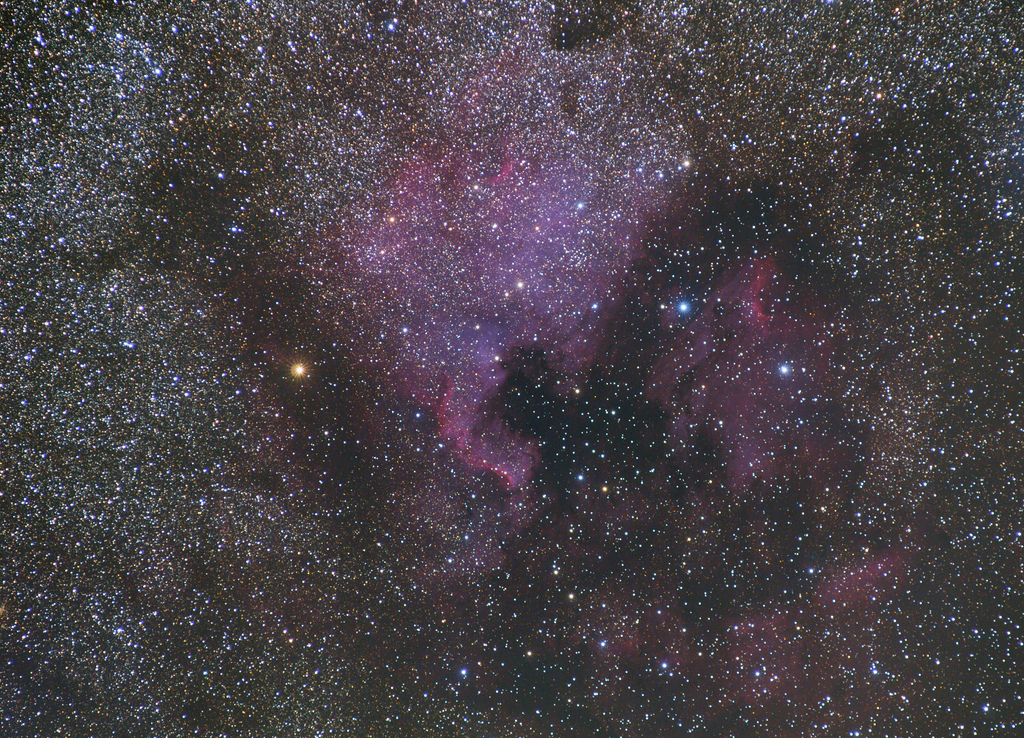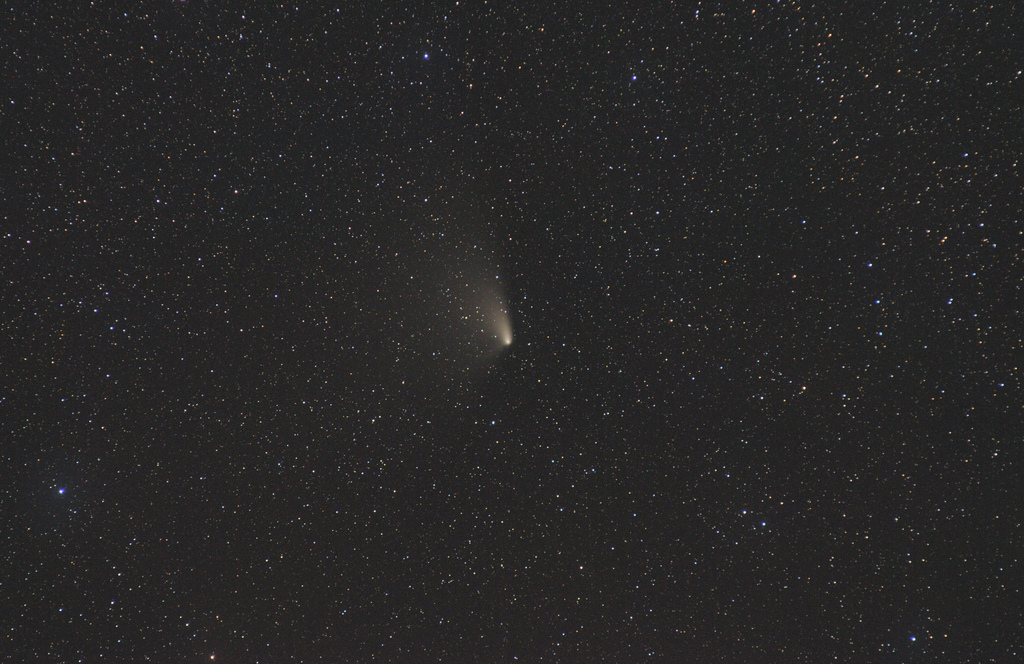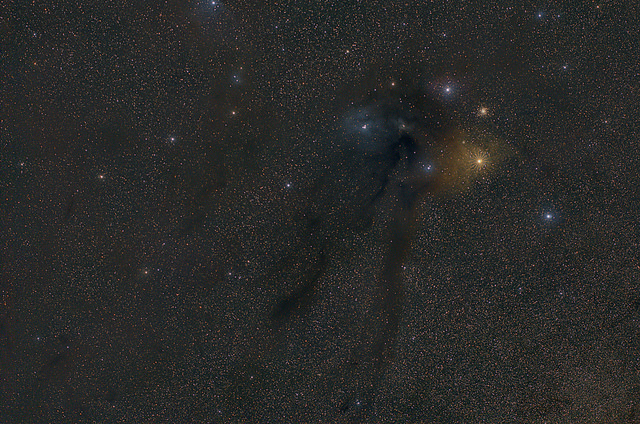This beautiful wide field of view of Scorpion’s tail contains the famous cat’s paw and lobster nebula’s along with the ‘prawn’ nebula at the bottom. Near the Prawn nebula you see the ‘northern jewel box’ star cluster, or NGC 6231. I especially love the way the dust clouds on the right side of the image almost seem to be slowly moving as if they are colorations within a liquid. Image acquisition details Date: July 12,…
Read MoreNikkor 80-200mm F2.8
The Nikkor 80-200mm F2.8 has been my favourite lens from the start. For daytime and wildlife photography I loved the sharpness and the DOF you get with this lens. Of course it is great that this Nikkor offers you 200mm at F2.8!
Testing it out for astrophotography resulted in mixed feelings: It delivers pinpoint and error free stars at 80mm already at F2.8, but it starts showing deformed stars in 2 corners quite quickly when using it at higher focal lengths. At 200mm the center of the image is still really good, but the corners (or at least 2 of them) have quite severe errors.
This makes this lens very usable at 80mm and perhaps on 200mm if the center of the image is most important. However, on widefield images of the milky way for instance where you have lots of stars in the whole fov, it is less usable.
Check out the results in the postings below about the Nikkor 80-200mm F2.8 for astrophotography.
The Pipe Nebula with the Sagittarius triplet; Lagoon, Trifid and IC1274
The Pipe nebula, also known as Barnard 59, 65–67, and 78, is a huge dark cloud in the constellation of Ophiuchus, near the center part of the Milky Way. This area contains a lot of dark clouds and you can also see the much smaller Snake Nebula to the right of the Pipe nebula. You can see the Pipe nebula really ‘popping out’ of the Milky Way when you watch it with the naked eye…
Read MoreA window into the Milky Way; wide field image of Sagittarius
Update: This image was Image of the Day on 8-8-2015 on Astrobin.com The Sagittarius part of the Milky Way is a very interesting and beautiful area. You can find the Lagoon (M8) and Trifid (M20) nebulas here, as well as the Eagle (M16) and Omega nebulas (M17). But perhaps even more interesting is the Sagittarius Star Cloud, or M24. This is a gap in the dust of Sagittarius and you look right through into the…
Read MoreRho Ophiuchi Cloud Complex and the Blue Horsehead
Southern Cross and Coalsack nebula
The Southern Cross and Coalsack nebula were very prominently present in the Southern sky, and I miss the sight of them already! Every evening I would point the scope to Alpha Crux in the Southern Cross as the reference star to align the mount. Alpha Crux is a double star, so it is extra convenient to be sure you are aligning on the right star. The Coalsack nebula is the clearest dark nebula in the…
Read MoreComet C\2014 Q1 Panstarrs conjunction with Venus and Jupiter
Update: added photo’s from the 2nd and 3rd day the comet was visible I only learned about this comet and the fact that it might be visible from southern skies yesterday. I learned it would be brightest that evening right after sunset and would make for a lovely picture together with Venus and Jupiter. However, the days before the horizon was quite dusty up to 30 degrees or so at sunset here at Kiripotib, Namibia….
Read MoreComet LoveJoy and the Pleiades
INTRODUCTION It had been almost a full year since I last went out for some astrophotography, other than the trips to La Palma and Hohen Woos (Germany). Finally the circumstances looked to be good to capture the comet LoveJoy, that was making a spectacular show passing by the Pleiades. Clouds were coming in, but I was able to capture 40 frames of 2 minutes each which allowed me to capture the comet’s impressive tail. Photographing…
Read MoreNorth America Nebula at 200mm with DSLR and Astrotrac
Introduction The North America Nebula in the constellation Cygnus is probably one of the most popular widefield subjects of the northern hemisphere. This beautiful field of view contains a very large emission nebula for which it’s shape resembles that of the continent of North America. Photographing the North America Nebula with unmodified Nikon D7000 I was very curious to see how much h-alpha my unmodified Nikon D7000 would capture when photographing this emission nebula. I…
Read MoreComet PanSTARRS C/2011 L4 with DSLR
Introduction C/2011 L4 (PANSTARRS) is a non-periodic comet discovered in June 2011 that became visible to the naked eye when it was near perihelion in March 2013. It was the first comet I saw after getting started with astronomy and astrophotography so I was quite excited about this one. After having seen it a view times with my binoculars I finally had the chance to photograph it during an astro-trip to Hohen Woos in Germany….
Read MoreAntares wide field 80mm
Wide field image of Antares and Rho Ophuichi region, taken with the Nikon D7000 and Nikkor 80-200mm f/2.8
Read More